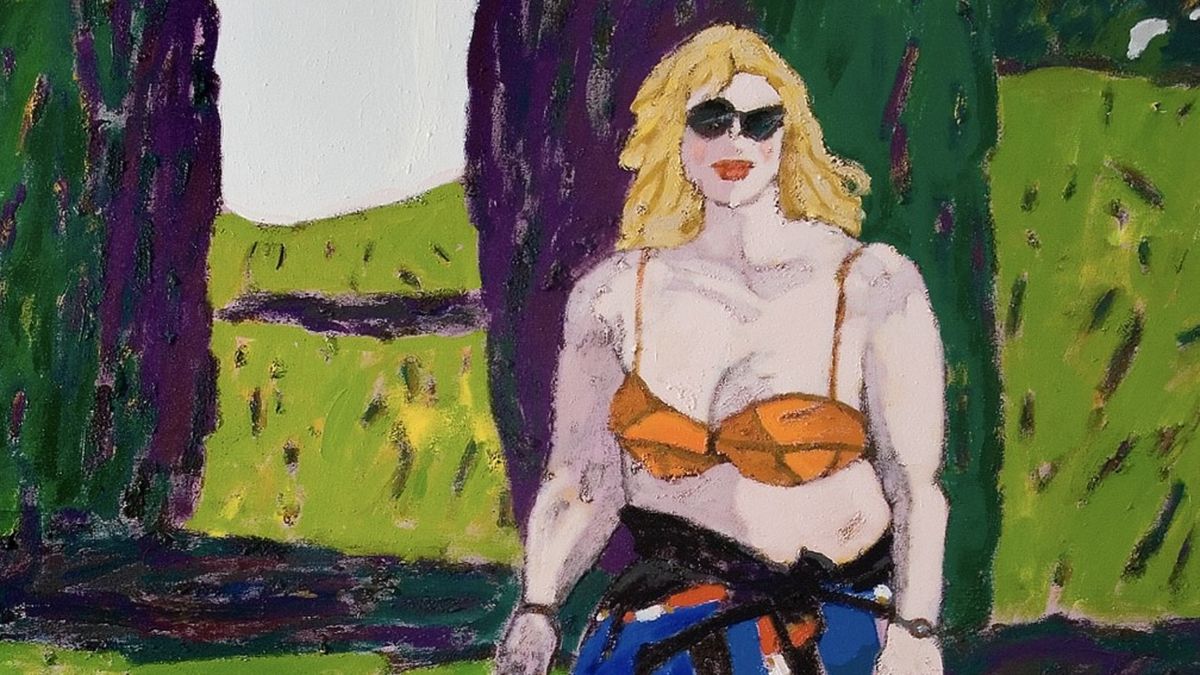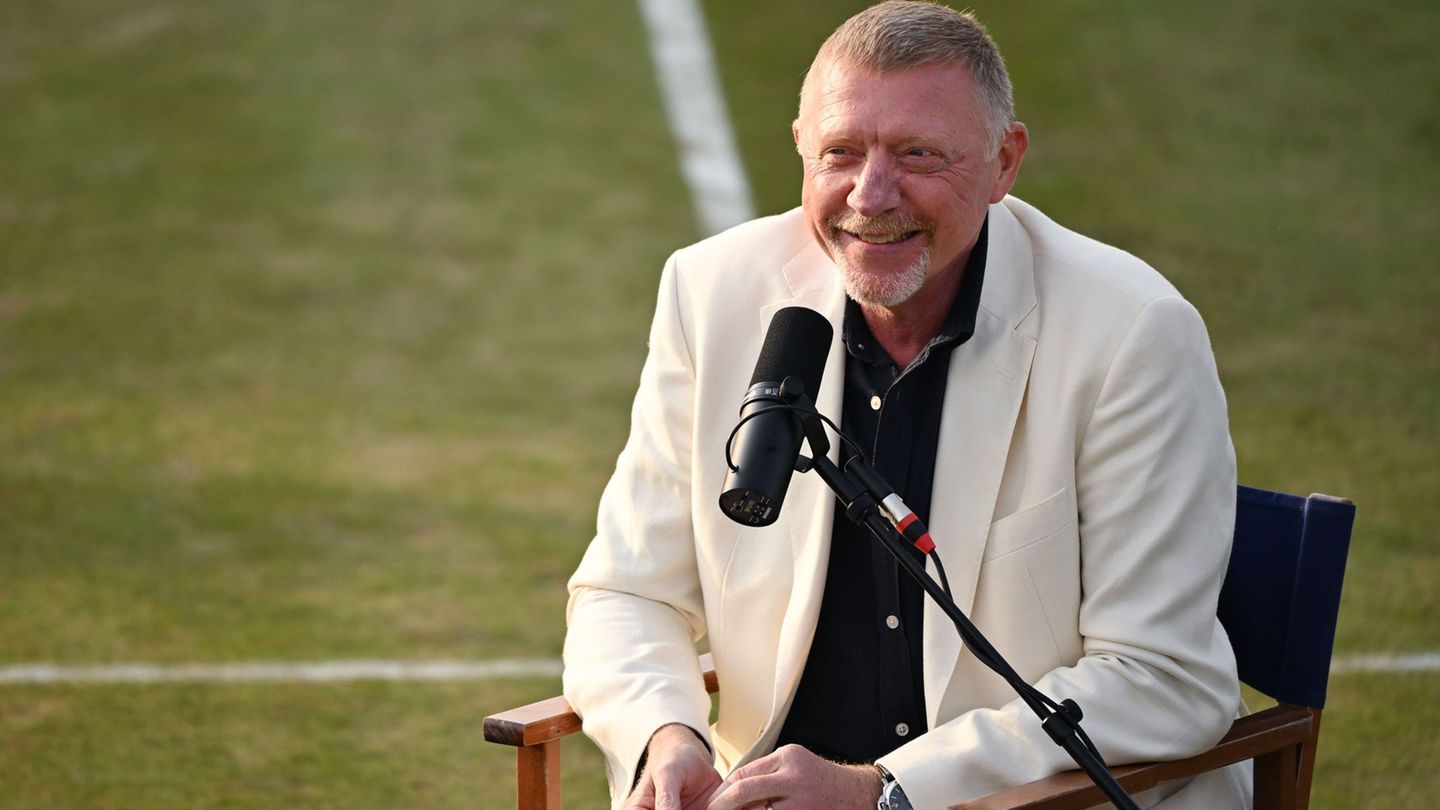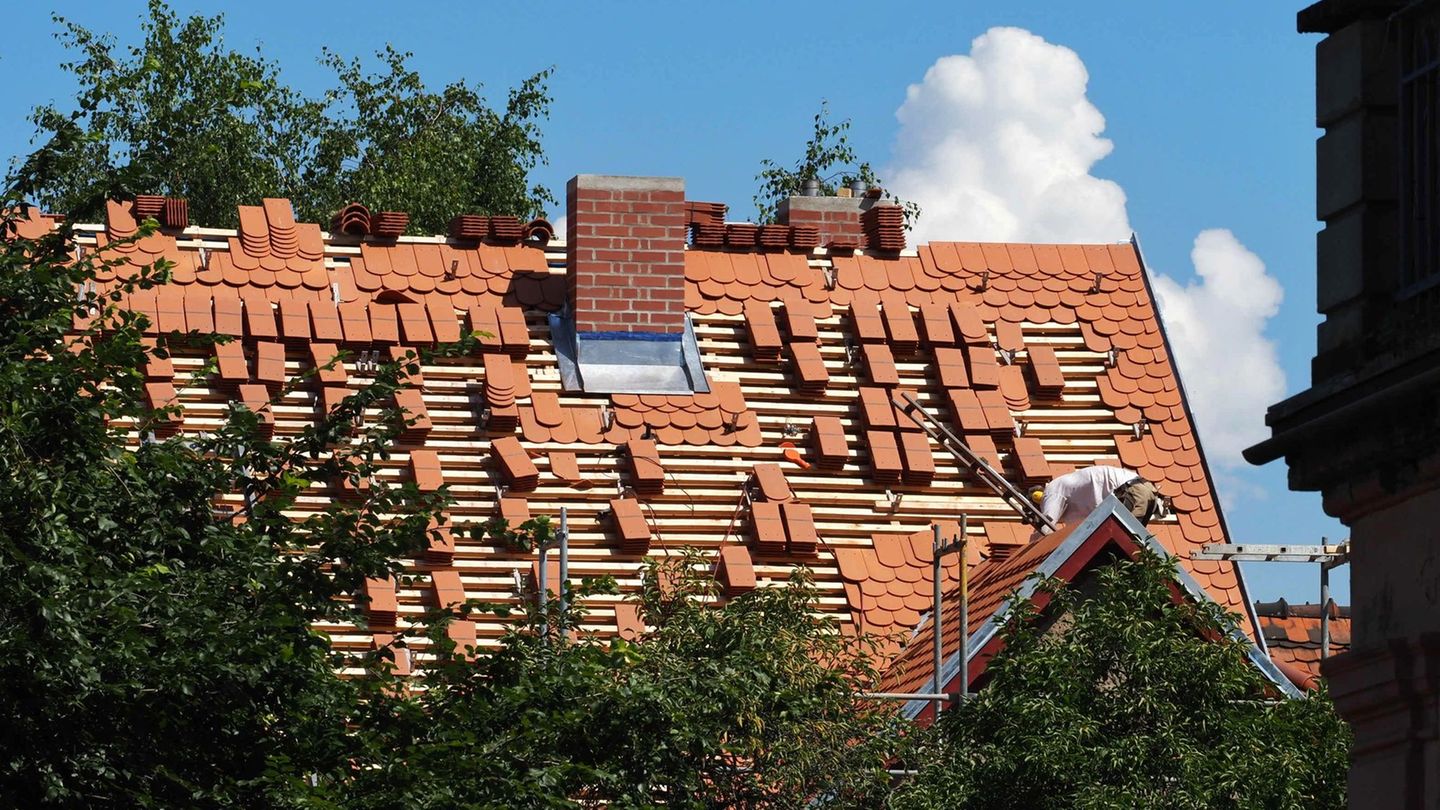“Painting as a battlefield” can be visited until the end of the month at The Art Gallery. It is also integrated with some works by his disciples such as Germán Gárgano, Jorge González Perrin and Mariano Sapia.
On several occasions we have referred to the work of Carlos Gorriarena (Buenos Aires, 1925 – La Paloma, Uruguay, 2007). From his disdain for metalanguages, quotations from the past, frontal enemy of the cultural worlds, totally outside the modernism-postmodernism position, Gorriarena always fired on the contemplator to shake him from lethargy, from a lot of painting empty of content, from looking over the shoulder.
The content you want to access is exclusive to subscribers.
A violent colorist, overflowing forms, dynamic figures that advance and, although he rejected the nickname of expressionist painter, there is no other way to classify him. A vital, intuitive work, a violent gesture, one could say that one follows the movement of his finishing hand, both in lines that outline an outline and those that merge into the thick shadow.


Around 2006 we saw a Gorriarena that he did not renounce his pictorial passion, but had become more introspective, without denunciations, frontal to expose power, and without that biting grotesque common in the corpus of his work. A more humanistic vision. It was thought to have gone quiet. But not, It was a happier time.had allowed himself to be carried away by a certain melancholy, by a wisdom typical of someone who has seen and lived a lot.
We stood out then “The risky road to nowhere”: a man with his back turned towards an impenetrable forest and a bucolic scene like “Somewhere it always dawns.”
When reviewing catalogs of different samples and the book published in 2005 “Gorriarena – Painting, a vital space”of Maria Teresa Constantin and Diana Wechslermany critics knew how to “see” the content of a work committed to reality, revealing it in all its implacable ferocity.
This is what the poet and editor pointed out José Luis Mangieri (1924-2008) that on the occasion of the publication “Gorriarena-The intimacy of Painting”expressed that the artist held his brush “as a deadly weapon against the oblivion into which we Argentines tend to fall regarding our history, that of looters and genocides that plagued the country”.
In that same publication, German Gargano pointed out that “Our century is ending and ‘Gorri’ began once again, another turn of the screw, to test his own painting at the very heart of its inconsistency. Stripped, carefree, without regard, the work of his last years deepened, putting us before more strange relationships.”. He asked himself: “I don’t really know what I’m doing. “Will this be okay?” A question from an artist, a student of Antonio Berni and Demetrio Urruchúa, who entered the debates on contemporary art from the 1960s onwards, entering through his work into the political and aesthetic controversy that stated: “I paint because I need to.” , because I couldn’t do anything else.”.
Gorriarena He obtained the Guggenheim scholarship (1987), received all the national awards, National Salon (1986), was the Konex Award (1992) and the Trabucco Award (1993).
The exhibition currently on display at The Art Gallery titled “Painting as a battlefield”reaffirms what the critic Raul Santana He pointed out about the painter’s strange activity: making the world enter the body through the eye and then extracting it by pouring it onto the canvas.
It also includes works by Germán Gárgano, Jorge González Perrin and Mariano Sapiahis disciples, today prominent artists.
Uruguay 967. Closing on November 28. Open from 4pm to 7pm.
Source: Ambito
I am an author and journalist who has worked in the entertainment industry for over a decade. I currently work as a news editor at a major news website, and my focus is on covering the latest trends in entertainment. I also write occasional pieces for other outlets, and have authored two books about the entertainment industry.




